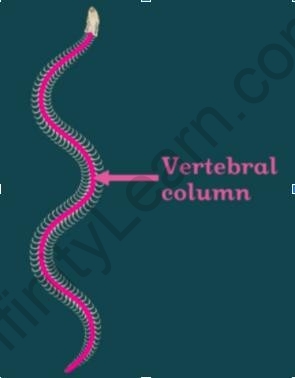Table of Contents
Table of Contents
- Snake
- Body Structures of a Snake
- Locomotion of a Snake
- Summary
- What’s Next?
In the previous segment, we acquired knowledge about The gait of a cockroach. In this segment, we will study The gait of a snake.
What is a Snake?
Snake is a vertebrate organism that means they have a well-defined bony skeleton. Snakes do not have forelimbs or hindlimbs which means they are Legless.
What are the different body structures of a snake that help in locomotion?
Snakes have a Vertebral Column that forms their backbone, which is extremely long, flexible, and strong.One of the most important body structures for locomotion in snakes is their elongated and flexible bodies. This allows snakes to move in a variety of ways, including crawling, slithering, and swimming. Their scales also help them move by providing friction and grip. Additionally, snakes have a number of adaptations that help them move in their environment, such as their forked tongues, which help them smell and taste their prey, and their flexible jaws, which allow them to eat prey that is much larger than their heads.

Vertebral column
They also have Muscles inside their body that are thin but strong. The vertebral column of snake is made up of vertebrae that are separated by discs. These discs act as cushions and protect the spine. The vertebrae are also held together by ligaments. The vertebral column helps the snake to move and to hold its body upright.



